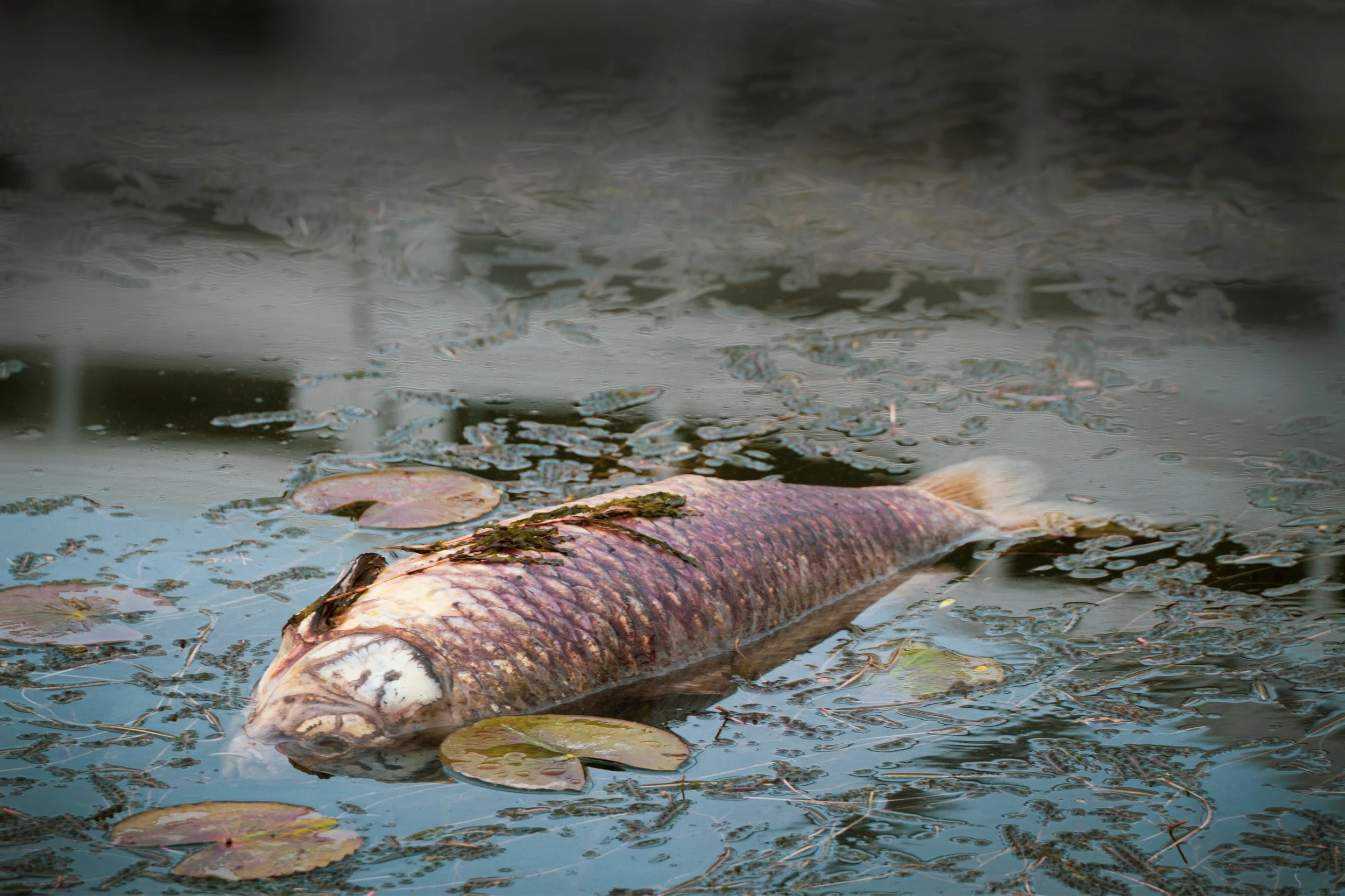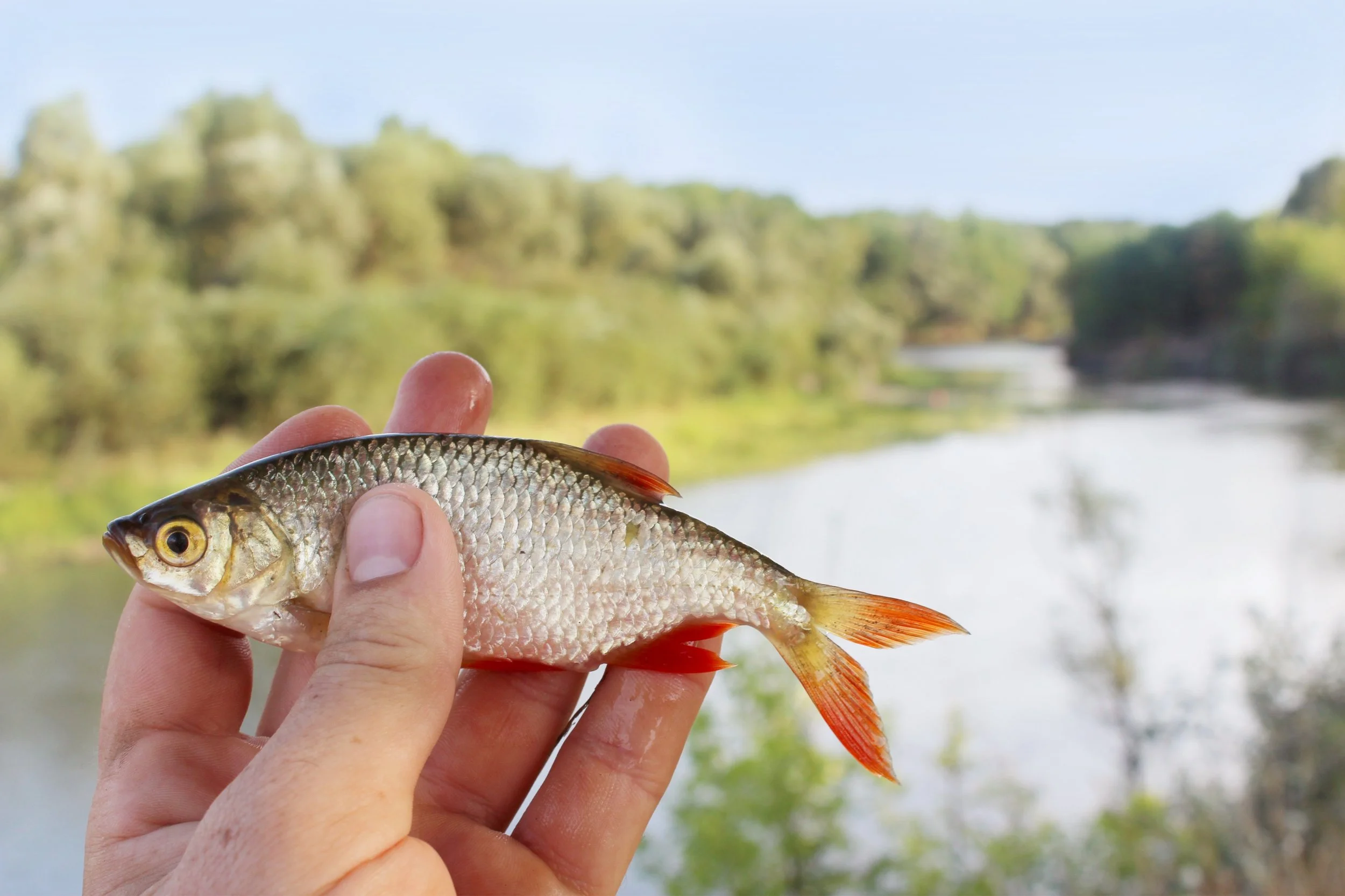The Impact of Baitfish on Freshwater Conservation
Figure x.
Fatal fish pathogens such as viral hemorrhagic septicemia and whirling disease, which can be spread by the movement and release of live baitfish into different water bodies, pose a threat to fish populations.
The use of live baitfish in recreational fishing poses significant, often underappreciated risks to freshwater ecosystems. Identified as one of the major pathways for invasive species introduction, live baitfish use also presents a risk in spreading pathogens that can affect wild, native fish populations. The central issues arise from the movement of live baitfish between water bodies, across state boundaries, and even international borders, as well as the practices of anglers who release unused bait into the water.
Invasive Species and Pathogens
Despite efforts to regulate the baitfish industry, there is a continuous challenge in ensuring that stocks do not contain invasive species or pathogens. Live baitfish sold in bait shops across the US have been shown to contain non-native species or pathogens. A recent 2023 study from the Great Plains region revealed that 10% of bait water samples from bait shops contained eDNA from invasive species.
Figure x: A European Rudd
The European Rudd is an example of an invasive species that has been introduced into U.S. waterways due to live baitfish usage in recreational fishing. The introduction of rudd can lead to competition with native species, alteration of aquatic vegetation through herbivory, disturbance of sediment, predation on native fish, and possible hybridization with local species.
Proliferating the Spread
The spread of invasive species and pathogens through the use of live baitfish is further exacerbated by anglers releasing their remaining live bait into the water. A study found that 65% of anglers in the Mid-Atlantic region released their remaining bait. Additionally, baitfish are small and challenging to identify, even for experienced anglers, making it difficult to discern if invasive species are among them. Live baitfish, often enduring harsh environments, are typically cultured in aquaculture facilities and transported long distances across the US, increasing their likelihood of becoming invasive.
To protect native fish populations from the threats posed by invasive species introductions, it is essential to reconsider the use of live bait in recreational fishing. By choosing alternative bait options, anglers can play a crucial role in protecting delicate freshwater ecosystems and preserving the natural balance for future generations.
Resources:
“Opportunities for regional collaboration and prevention: Assessing the risk of the live bait trade as a pathway of invasive species” by Mulligan et al. Read more
“An assessment of a bait industry and angler behavior as a vector of invasive species” by Kilian et al. Read more
“Detecting aquatic invasive species in bait and pond stores with targeted environmental (e)DNA high-throughput sequencing metabarcode assays: Angler, retailer, and manager implications” by Snyder et al. Read more
“Detection of pathogens and non-target species in the baitfish supply chain” by McEachran et al. Read more
This article seeks to illuminate the significant ecological implications of live baitfish use in recreational fishing, particularly its role in introducing and spreading invasive species and pathogens.


